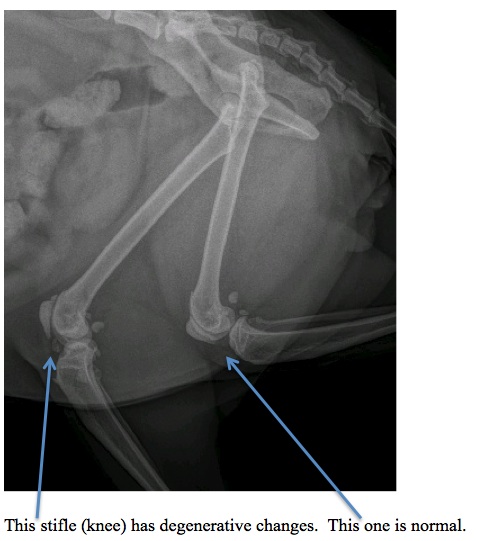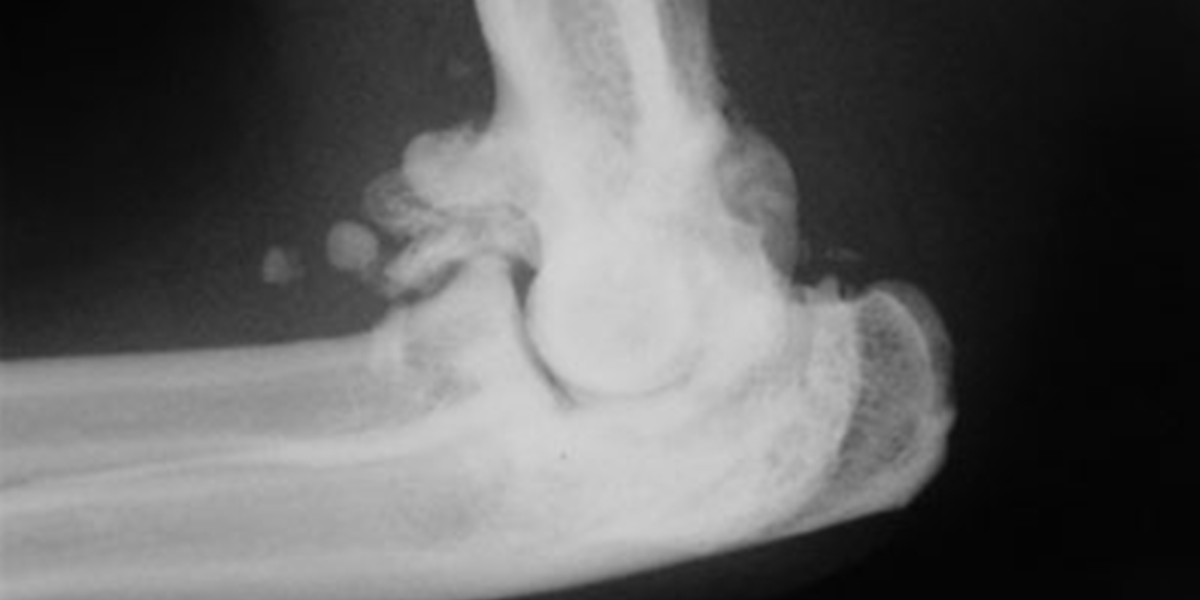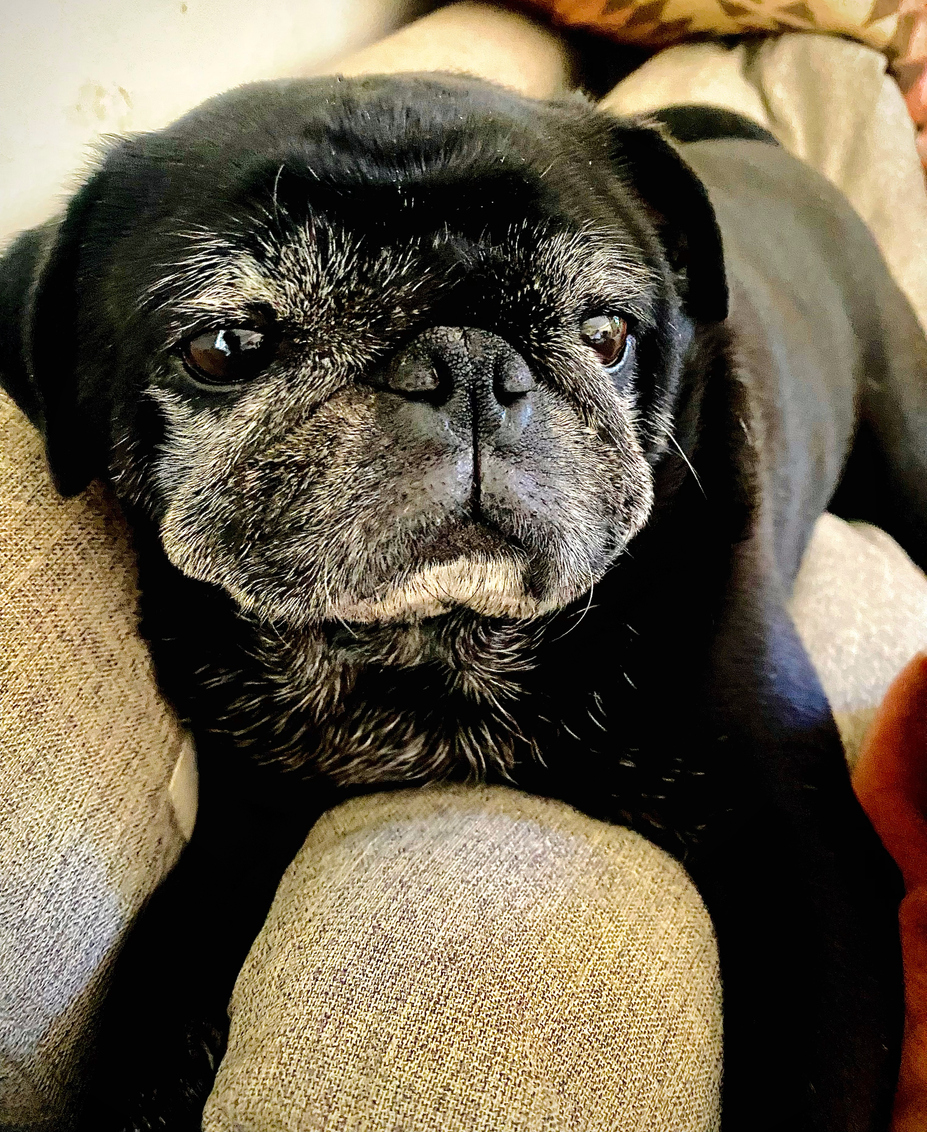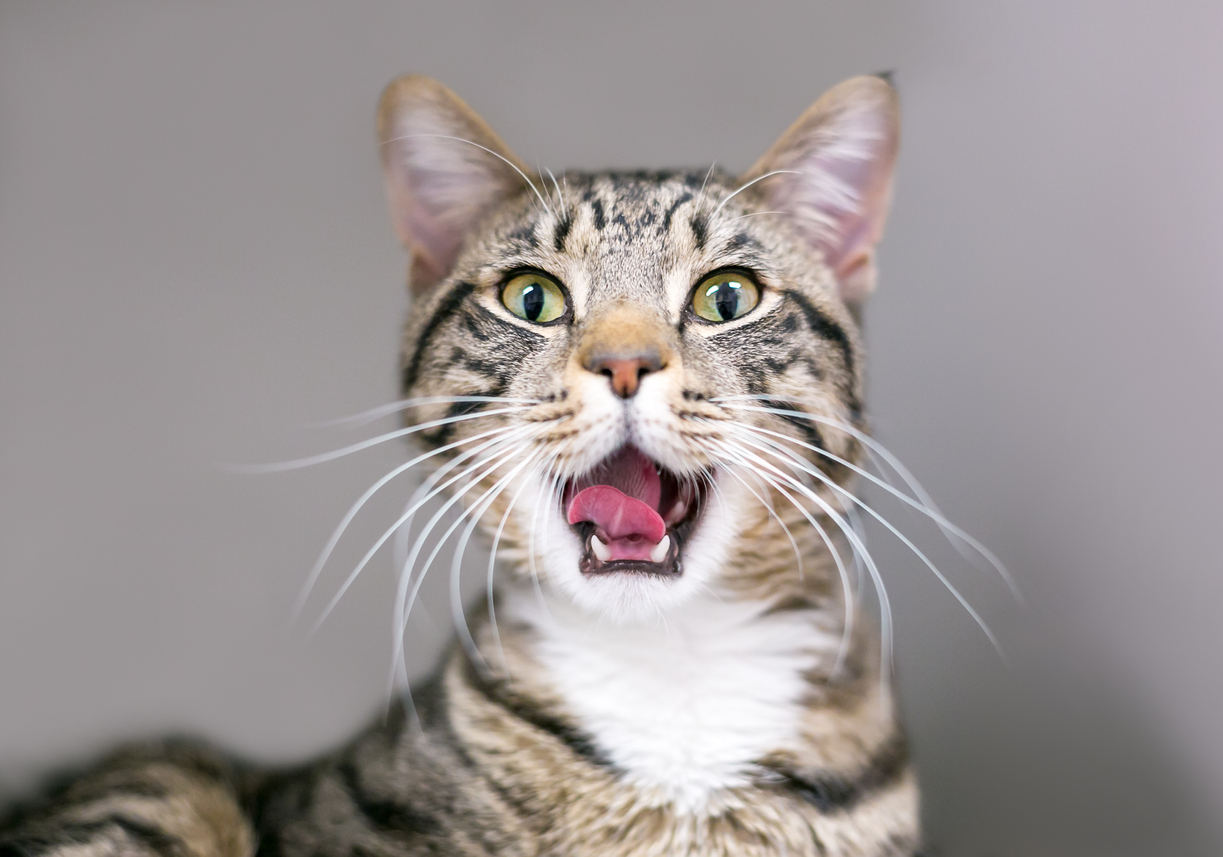Degenerative Joint Disease (DJD) in Cats
What is degenerative joint disease (DJD)?
As cats age, the tissues lining the joints deteriorate and degenerate. Degenerative joint disease (DJD) refers to arthritis or osteoarthritis which is the result of the gradual, irreversible deterioration of the articular cartilage within one or more of the joints. Arthritis is a general description for any condition that causes inflammation in the joints.
The formerly smooth and resilient cartilage becomes brittle as it degenerates. With severe DJD, the degenerated cartilage may actually break away from the bone and become loose within the joint. DJD can occur following a number of joint diseases, including infection, and may develop after bone or joint injury or surgery.
Obese cats are more likely to develop DJD, as a direct result of the mechanical stress that excessive weight puts on the joints.
Although DJD is not usually an inflammatory disease, mild inflammation plays a part in causing clinical signs. When the cartilage cells become damaged, they release substances that result in inflammation, causing pain to the cat and further damage to the cartilage of the joint, setting up a vicious cycle. As the degeneration continues, the joint becomes more unstable; scar tissue and/or bony growths will form within the joint in an attempt to stabilize it, contributing further to the DJD.

What are the signs of DJD?
Although the main symptom of DJD in dogs is lameness, this is not the case in cats. Since most cats with DJD show only subtle symptoms, DJD is often overlooked. The most common signs seen in cats with DJD are reluctance or inability to jump up or down from the furniture, general reluctance to move (often perceived as 'sleeping more'), increased irritability when touched or handled (especially around the affected joints), stiffness, reluctance to sharpen the claws, reluctance to groom, and/or difficulty in getting into or out of the litterbox. Not every sign is observed in every cat with DJD.Is DJD common in cats?
DJD is an under-recognized disease in cats. Recent studies suggest that it is a very common condition in cats of all ages, although the likelihood of a cat developing DJD increases with age. Recent studies demonstrated that 22% of cats older than 1 year and 90% of cats 12 years of age and older had evidence of DJD on X-rays. The most frequently affected joints are the hip, the knee, the tarsus (ankle of the hind leg), and the elbow.What medications can provide pain control in arthritic cats?
Pain relief in cats can be somewhat problematic due to differences in their metabolism of drugs. Cats are highly sensitive to side effects from acetylsalicylic acid (the active ingredient in Aspirin®), and even a single acetaminophen (the active ingredient in many over-the-counter medications such as Tylenol®) tablet can be fatal to an adult cat. ALWAYS get your veterinarian's advice prior to giving your cat any medication, and NEVER give your cat any pain reliever meant for human use.
NSAIDs (non-steroidal anti-inflammatory drugs) can be used to control inflammation in the joints and provide pain relief. Drugs used include meloxicam (brand name Metacam®) and robenacoxib (brand name Onsior®). Prior to administering any pain medication to your cat, your veterinarian will recommend blood tests to ensure that her liver and kidneys are functioning adequately and that there are no other underlying conditions that could be worsened by the use of these drugs. Your veterinarian will also recommend periodic monitoring of your cat's liver and kidney function once treatment for this condition has been started.
Other medications that may be prescribed to treat pain caused by DJD include:
- Gabapentin is an effective drug for relieving pain, especially when given with other pain medications and can often allow decreased doses of other medications. It is used in human medicine to treat neuropathic pain as well as seizures. It can often be used as a single agent for early arthritic pain.
- Amantadine is a pain reliever that acts to block the sensation of pain at the nerve pathways. It is not effective as a sole medication but increases the pain-relieving effect of other medications.
Your veterinarian may recommend injections of chondroprotectants (brand names Adequan® and Cartrophen®). These medications promote cartilage repair, help slow down cartilage damage, aid in other aspects of joint repair, and stimulate the production of more joint lubricating fluid.

What about supplements?
Ongoing research into the management of DJD in cats has led to the recent release of specific therapeutic diets that are formulated specifically to control the discomfort associated with DJD and to delay the progression of the disease. These therapeutic diets (including Royal Canin® Mobility Support and Hills® Prescription Diet j/d®), are available only through your veterinarian.
Nutraceuticals are nutritional supplements rather than pharmaceuticals (or drugs). Two of the most commonly used supplements are glucosamine and chondroitin. Some small research studies and numerous anecdotal case histories suggest these products are beneficial, and they appear to be free of side effects.
Omega-3 fatty acids are powerful antioxidants that help relieve inflammation in arthritic joints and are proven to decrease pain in cats with arthritis. Their usage in veterinary medicine is growing in popularity and they are a useful treatment in conjunction with other medications for any patient experiencing DJD or osteoarthritis.
Since supplements are not highly regulated at this time, some supplements may not contain the labeled amount of ingredients and differences in quality may exist between products made by different manufacturers. Your veterinarian may have preferred brands of these supplements that he or she will recommend.
What other treatments are available for treating arthritis in cats?
Rehabilitation is a rapidly growing area of veterinary medicine similar to human physiotherapy. Certified rehabilitation practitioners offer many different treatments for arthritis including laser therapy, hydrotherapy, ultrasound, and muscle therapy. Acupuncture may also be an effective tool for pain relief.
Stem cell therapy and platelet rich plasma (PRP) injections are also being used to treat arthritic patients in some veterinary clinics and referral hospitals.



